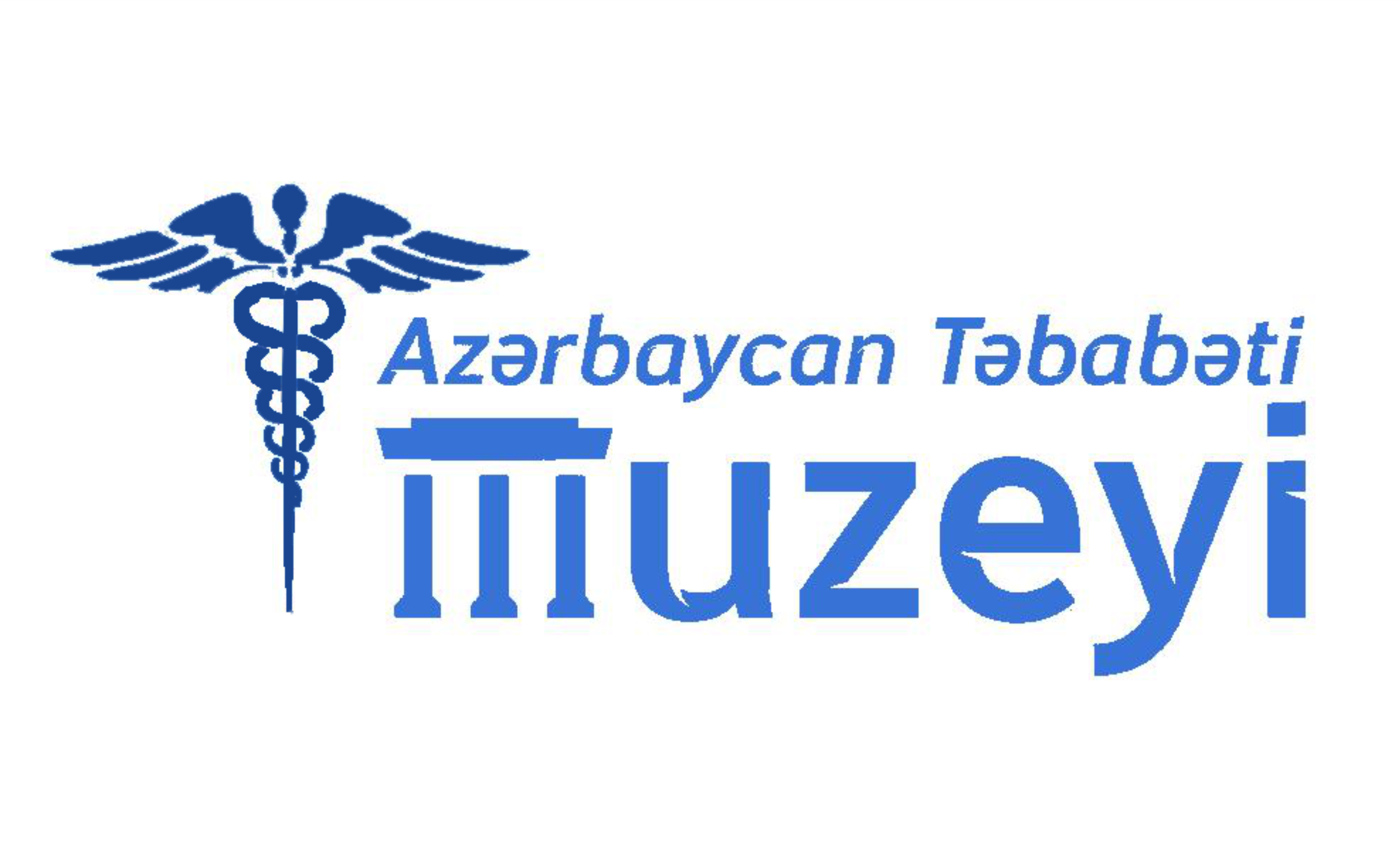
Nariman Narimanov
Nariman Narimanov was born in 1870 in Tbilisi. In 1890 he graduated from the Gori Seminary, and in 1908 he graduated from the medical faculty of the Novorossiysk (Odessa) University.
In 1905, he joined the leadership of the social democratic organization Hummat and translated the manifesto of the Russian Social Democratic Labor (Bolshevik) Party (RSDF(b)P) into Azerbaijani. In 1909 he was arrested and exiled to the city of Astrakhan.
The Museum of Azerbaijan Medicine is located in the building of the former Garashekher Hospital. Nariman Najafgulu, the son of the prominent statesman Narimanov, worked as a doctor in this hospital from 1914 to 1917 after being exiled to Astrakhan. This is once again confirmed by a memorial plaque on a granite bas-relief at the entrance to the museum.
Already in 1917, N. Narimanov was the chairman of the Central Committee of the Hummat organization, a member of the Baku Committee, and the editor-in-chief of the Hummat newspaper.
In March 1918, Narimanov was appointed People’s Commissar of Municipal Economy of the Baku Council. In June of the same year, he was sent to Astrakhan for treatment due to a serious illness. After recovery, he works in a number of party organs of the city.
In 1919, N. Narimanov was summoned to Moscow and appointed to the post of Deputy People’s Commissar for Eastern Affairs in the People’s Commissariat for Foreign Affairs (MFA) of the RSFSR.
After the collapse of the Azerbaijan Democratic Republic and the proclamation of the Azerbaijan SSR on April 28, 1920, N. Narimanov became Chairman of the Provisional Revolutionary Committee of the Azerbaijan SSR and Chairman of the Council of People’s Commissars.
After the formation of the USSR in 1922, he was elected one of the chairmen of the Central Executive Committee of the USSR.
N. Narimanov died mysteriously in 1925 and was buried near the walls of the Kremlin in Moscow.
The prominent revolutionary Leon Trotsky said of Narimanov’s death: “After Lenin, the second greatest loss of the East.” Sergo Ordzhonikidze described Narimanov as “the largest representative of our party in the East.”
In 1902, at the age of 32, N. Narimanov entered the medical faculty of the Novorossiysk Imperial University in Odessa, from which he graduated in 1908. While studying in the 4th year, he wrote the work “Medicine and Islam”. While in exile in Astrakhan, he was engaged in social and political activities, as well as medicine. Narimanov, who is the chairman of the Astrakhan “Society of People’s Universities”, spoke on behalf of the “Shurai-Islam” society at the II Congress of Doctors of the Astrakhan province. In 1918, Narimanov, as the commissar of the Baku city economy, took a number of necessary measures regarding the sanitary condition of the city, as well as the state of hospitals.
Since 1914, Narimanov worked in the free hospital of the Karashar district of Baku, treating sick workers working in the oil fields and residents of the villages nearby the hospital. He also treated patients in his apartment for free.
From 1909 to 1918, N. Narimanov published in Astrakhan and Baku “Cholera-plague”, “Shakotka-tuberculosis”, “Trachoma”, “Women’s World”, “Medicine and Islam”, “Drinking” and other useful books, lectured . on scientific and journalistic topics, articles and booklets have been published.
After each lecture, N. Narimanov handed out the brochure “Medicine and Islam” free of charge for distribution to poor workers. (See: “Burkhani-tarakki”, “Idel”, “Astrakhansky Krai”, etc., published in those years in Astrakhan, as well as the newspapers “Igbal”, “Baku”, “Sadai-Khakk”, etc., published in Baku) These mass-scientific lectures played a big role in carrying out urgent preventive measures against the most common cholera, smallpox, trachoma, malaria, rheumatism, and gastrointestinal diseases.
After N. Narimanov began working in the Black City, the report of the Baku Medical Bureau on his activities for the first half of the year indicated that the doctor worked very hard and did not limit the time of admission. On one day, from 50 to 80 patients came to his appointment, who were provided with all kinds of medical care. For six months in 1914, Narimanov received 11,765 patients and provided surgical assistance to 2,441 people. He wrote 9418 prescriptions.[11]
In one of his speeches, N. Narimanov said: “Doctors have very little time left to see patients. They can spend an average of 2 to 3.5 minutes per patient.”
This is evidenced by the letters that he sent to the chairman of the Russian Red Cross Society Z. Solovyov and the People’s Commissar of Health of the RSFSR N. A. Semashko, when he worked as Chairman of the Central Executive Committee of the USSR. In these letters, he speaks about the medical and medical needs of the Azerbaijani people and asks to provide Azerbaijan with surgical and pharmacy instruments, various medicines, and especially antimalarial drugs, which were in great demand at that time.
CONTACTS
Najafgulu Rafieva,56
AZ1025
(012) 490-13-73
Email: tm@esehhiye.az
Museum: 09:00 – 18:00
Excursion: 10:00 – 16:00
The museum is open every day except Sunday and Saturday
